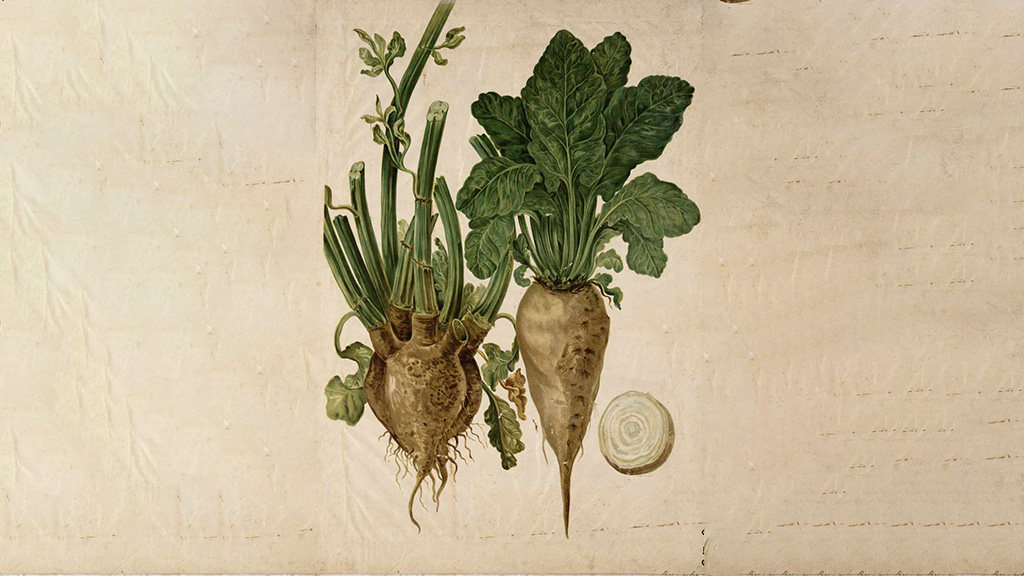Abstract
This directed case study introduces students to photosynthesis and illustrates how biology plays a vital role in the carbon cycle and the conversion of energy. Set in North Dakota along the Red River of the North, the case uses the sugar beet (Beta vulgaris) as a model organism for learning about the process of photosynthesis. The case begins by introducing the sugar beet growing season and the plant's anatomy. Students are provided information specific to photosynthesis in sugar beets and are then asked to explore the process in general. Atmospheric carbon dioxide levels are provided, and after comparing levels between sugar beet growing seasons, students should come to realize that sugars are made from the carbon found in atmospheric carbon dioxide. The case is designed for use in a "flipped" classroom, where students prepare in advance by viewing a number of videos, including one created by the author of the case. Quiz sheets for the recommended videos are included in the teaching notes.



